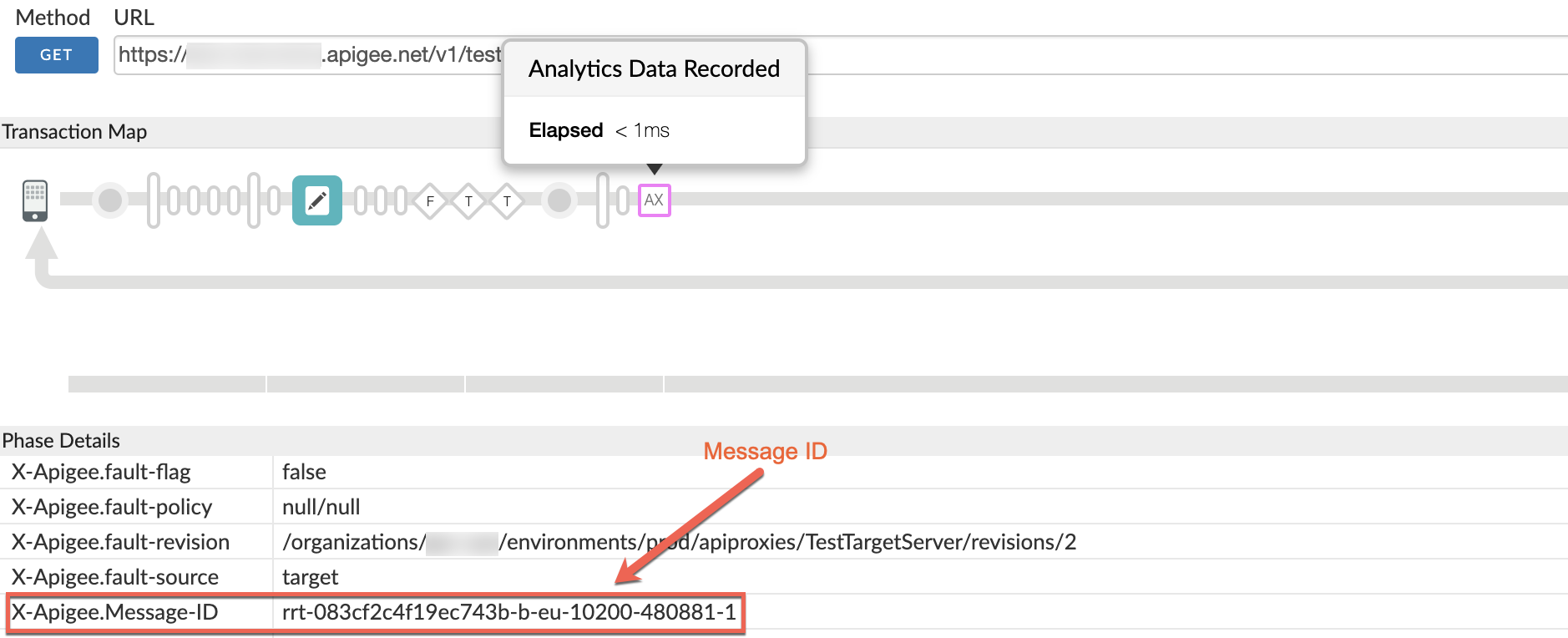
Just like HAProxy, NGINX has an event-driven architecture so it has no problem dealing with tens of thousands of concurrent connections, as it uses HAProxy’s PROXY protocol. NGINX is well known for its high performance, stability, rich feature set, simple and flexible configuration, and low resource consumption (particularly small memory footprint). It also functions as an IMAP/POP3 proxy server. NGINX, a free, open-source, high-performance, and very popular HTTP server and reverse proxy. Related Read: How to Setup HAProxy as Load Balancer for Nginx on CentOS 8 2. Some of HAProxy’s basic features include proxying, SSL support, monitoring both server states and its own state, high availability, load balancing, stickiness(maintain a visitor on the same server even across various events), content switching, HTTP rewriting, and redirection, server protection, logging, statistics, and much more. Notably, HAProxy uses the PROXY protocol to pass the client’s connection information to backend or origin servers so that an application gets all the relevant information. It is powered by an event-driven, non-blocking engine that combines a very fast I/O layer with a priority-based, multi-threaded scheduler which enables it to easily deal with tens of thousands of concurrent connections. It is also a protection against DDoS and service abuse.


HAProxy is an HTTP reverse-proxy, a TCP proxy and normalizer, an SSL/TLS terminator/initiator/offloader, a caching proxy, an HTTP compression offloader, a traffic regulator, a content-based switch, a FastCGI gateway, and more. HAProxy ( HAProxy, which stands for High Availability Proxy), a free, open-source, very fast, reliable, and top-notch load balancer and proxying software for TCP and HTTP-based applications, built for high availability.


 0 kommentar(er)
0 kommentar(er)
